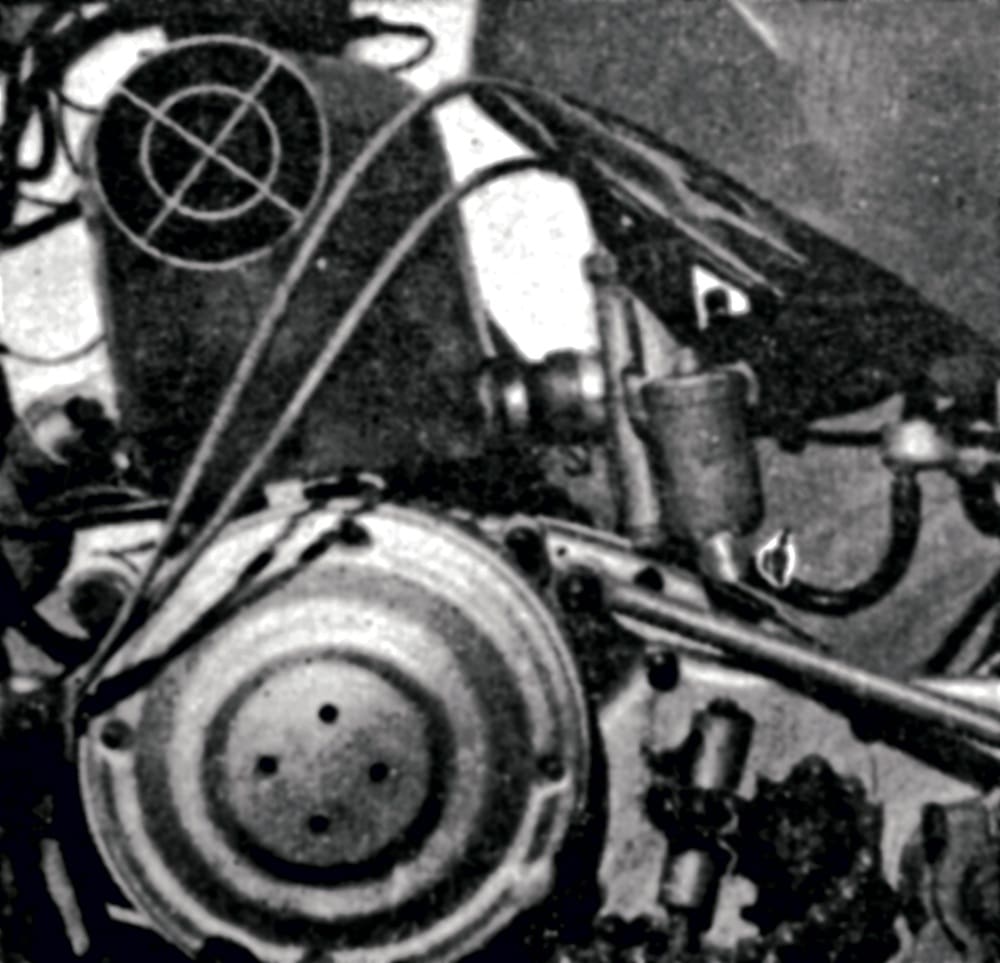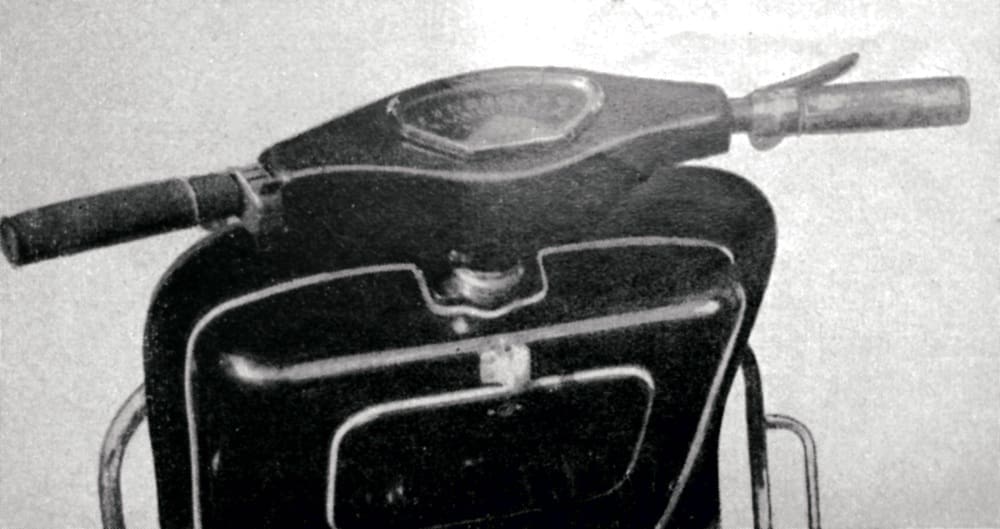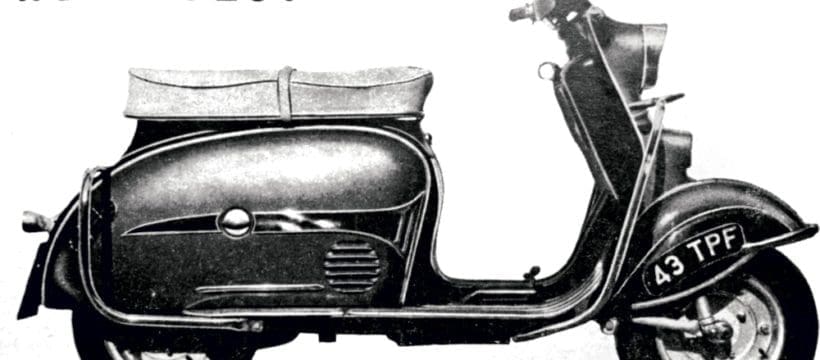Road testers in the 1950s and 60s provided a veritable wealth of road tests on all manner of scooters. Don’t forget, the world wasn’t solely the preserve of Innocenti or Piaggio-built machines. Those eras also seemed to give testers the right to describe things like gear changes as delightful and pleasant!

In November 1960, the Durkopp Diana Sport hit UK shores (in essence a Tourist Superb fitted with a livelier 12bhp engine). This extra power derived in part from an increased compression ratio (7.5 as opposed to 6.5), which allowed for improved acceleration rather than top speed (quoted as 59mph). The headlamp didn’t move with the handlebars, but was on the horncast.
The May 1961 issue of Scooter News Mechanics saw the Diana put through its paces with the tester stating that Dianas were noted for their high-quality finish (the one tested was finished in gunmetal and polychromatic crimson); this new colour combination was introduced by the Durkopp’s British Concessionaires.
On the open road the tester said that the Diana was at its best with the engine turning over smoothly with a cruising speed at any point between 40 and 50mph. For top acceleration it was best to make generous use of the gears, holding second to beyond 30mph and third to around 45 (the engine apparently thrived on revs and it was possible to reach 45mph in second gear before the power tailed off).

The close grouping of the three gears and the positive gear change ensured they were used at the slightest excuse. Steering and road holding were first class with no weaving or chopping through fast, bumpy bends, and handling keeping light, even at walking speeds. Comfort on long runs was notably good, partly due to the riding position provided by the high dual seat and the relatively low, flat and narrow handlebar.
Braking was described as good, though the tester felt the front brake snatched (more noticeable on gentle application than when the lever was squeezed hard).
The Diana came with an electric self-starter working through two 6v batteries, with the ignition key positioned in the scooter’s body just below the front of the dual seat. The conventional kick-start set up only needed one long swing to start the engine.

Did the tester find anything wrong? Yep, the twist grip, which was described as ‘slow action’, requiring considerable wrist movement from closed to flat out, although the action was very smooth (how kind)! The shell-shaped speedometer was described as ‘approximately rectangular’ (odd, as the shape doesn’t resemble a rectangle). In the bottom left corner was the ignition warning light, which showed red if the engine wasn’t spinning fast enough for the generator to charge.
Other handlebar controls were described as neat. However, the legshield-mounted toolbox, initially described as being usefully big, was in another breath described as restricted inside by the steering column. The steering lock had to be reached through the toolbox, the downside being that you needed a flexible wrist to insert the key.

The tester summed up: “This latest Sport served principally to add conviction to our belief that the Diana, in any form, is one of the best scooters made today.”
Available in 1961 for the princely sum of £219 10s 9d, it was more expensive than the Lambretta TV175 Series 2 (£189 17s 6d), or the Vespa GS (£188 8s 3d). Anyone got one of these machines they care to share – I’m intrigued to see one now.
To see more blasts from the past, pick up a copy of our latest issue of Classic Scooterist here!


